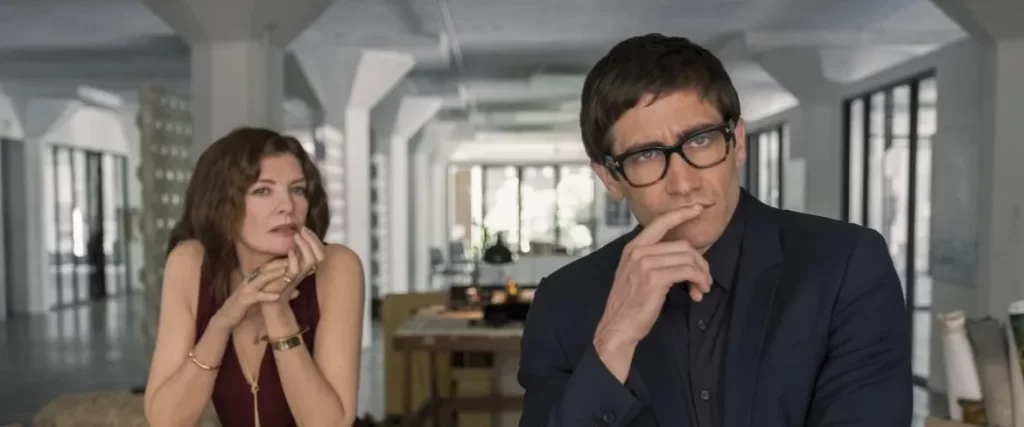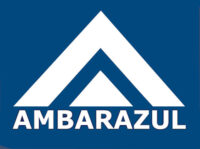Art dealers may exhibit suspicion and distrust towards brokers for a variety of reasons. It’s important to note that not all art dealers hold these views, and individual experiences and perspectives can vary. However, here are some possible reasons for such skepticism.


- Authenticity concerns: Art dealers are often cautious about the authenticity of artworks, as there have been instances of fraudulent or forged pieces in the art market. Brokers, who act as intermediaries between buyers and sellers, may not have the same level of expertise and scrutiny in verifying the authenticity of artworks. This can lead art dealers to be suspicious of brokers’ claims about the origin and provenance of artworks.
- Reputation and relationships: Art dealers build their reputation and client relationships over time. They invest significant effort in establishing trust with collectors, artists, and other dealers. Brokers, who typically focus on facilitating transactions rather than long-term relationships, may be viewed with suspicion if they are perceived as being primarily interested in their own financial gain rather than the best interests of the art community.
- Lack of transparency: Art dealers often value transparency in art transactions, including information about previous owners, exhibition history, condition reports, and pricing. Some brokers may be less forthcoming with such details, which can raise concerns among art dealers. Lack of transparency can create doubts about the legitimacy and integrity of a transaction, further fueling suspicion.
- Competing interests: Art dealers are committed to representing the interests of their clients, including securing the best possible deal for both the buyer and the seller. Brokers, on the other hand, may have a different set of priorities, such as maximizing their own commission or closing a deal quickly. This misalignment of interests can lead to suspicion, as art dealers may question whether brokers are acting in the best interest of their clients.
- Control and expertise: Art dealers often have a deep understanding of the art market, including trends, pricing, and the specific demands of their clientele. They may view brokers as intermediaries who lack the same level of expertise or who may not fully comprehend the nuances of the artworks they are brokering. This knowledge asymmetry can contribute to a sense of suspicion and distrust.
It’s important to remember that these are general observations, and not all art dealers hold the same views or exhibit the same level of skepticism towards brokers. Trust and successful collaborations can still exist between dealers and brokers when there is clear communication, shared objectives, and a demonstrated commitment to ethical practices.

